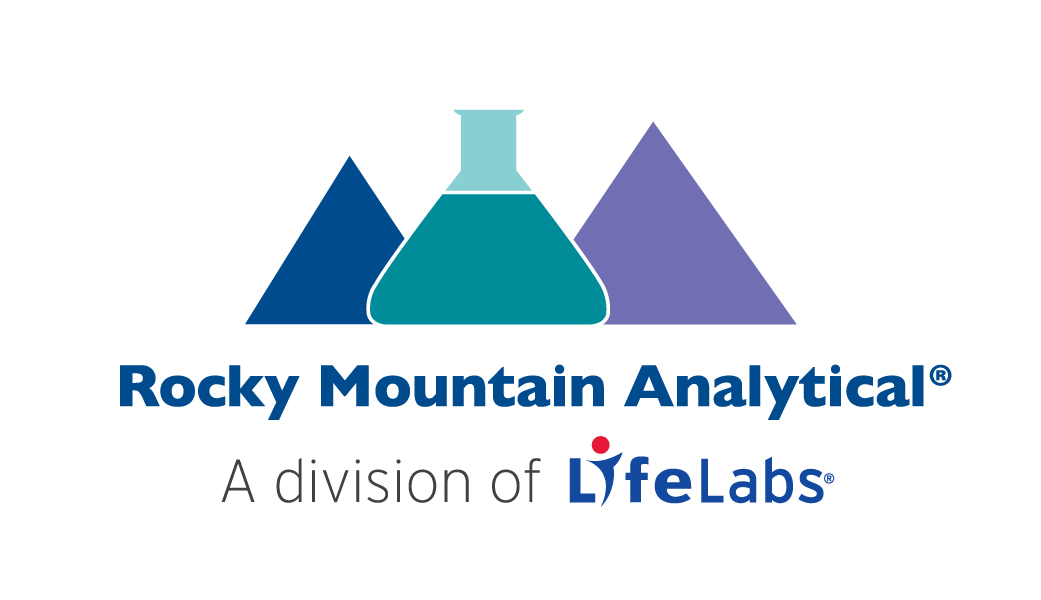A common question that we hear at the lab is “Which is the best test for testing hormones?” Unfortunately, there’s not a simple answer because each of the methods has unique pros and cons. Serum testing of hormones has long been accepted by the conventional medical community as the standard for measuring hormones, but it is possible to also use saliva, urine and hair to assess a wide array of hormones. Each method can provide valuable and important information, but because the information is different for each method, the method(s) you use should be determined by your diagnostic needs. Let’s look at the different methods available and why you might choose one over the other.
Serum
Serum testing is reliable and well-suited for testing reproductive hormones. It is useful for identifying endogenous hormone excesses or deficiencies, and has the advantages of being a relatively simple collection, with blood drawn from a vein in the arm, as well as well-established reference ranges. Most of the sex hormones measured in serum are tightly attached to binding proteins. Only about 1-5% of the hormones present in serum are actually in the free or non-bound form. Most of the tests for serum measure the total amount of hormone present, which is commonly regarded as an unreliable reflection of the hormone that is actually available to the tissues (bioavailable hormone). One limitation of serum hormones testing is the snapshot nature of single-point testing. Because hormones are secreted in a pulsatile manner over the course of 24-hours, it is difficult to know whether the levels in serum represent a peak, valley, or something in between.1, 2 A point sample is not useful for assessing hormones when a female patient has irregular/sporadic cycles. Another limitation is that serum hormone levels do not always increase when hormones are applied to the skin via cream, gel or patch.
Saliva
There is a common misconception that only free or non-bound hormone is available to tissue. Free hormone, protein-bound hormone, red blood cell-associated hormone and conjugated hormone may all be delivered to cells in varying amounts, depending on the type of tissue and whether the hormones are endogenous or exogenous. But hormones must pass through the cells making up the saliva gland tissue in order to get into saliva, which means that a saliva hormone level may better reflect delivery of hormone to tissue from the various reservoirs in blood. Saliva collection is a convenient, non-invasive way to map out diurnal and monthly hormone rhythms and may also be used to get an average measurement across several days or a week, by spitting in the same tube multiple times. Saliva is also an excellent medium for measurement of cortisol because, unlike blood and serum where venipuncture can cause an anticipatory rise in cortisol, collection of saliva does not.
Urine
Urine hormone testing has been gaining in popularity among integrative practitioners since it was brought into clinical practice by Dr. Jonathan Wright in the early 1980s. Urine collection is the preferred method for testing hormones that are secreted at night and during deep sleep, such as growth hormone3, and is the most economical and reliable way to evaluate steroid hormone metabolites. By collecting across 24 hours, a measure of the total daily output can be obtained.
Hair
Hair can be used to measure cortisol production. The first 1 cm of hair closest to the scalp represents approximately one month of cortisol production. Both urine steroid and saliva hormone testing are considered good biomarkers of acute stress, and may provide insight into allostatic load. However, acute stressors, even when severe, may elevate cortisol but not affect basal cortisol output. In contrast, prolonged or extremely severe stressors may lead to suppression of basal cortisol output. Russell et. al. suggest that hair cortisol may be a better biomarker for assessing chronic stress as it assesses cortisol over a longer term and is a tissue sample.4 Thus, hair cortisol is ideally suited for the assessment of long-term or chronic stress.
References:
- Brambilla DJ et al. Intraindividual variation in levels of serum testosterone and other reproductive and adrenal hormones in men.ClinEndocrinol (Oxf). 2007;67:853-862
- Plymate SR et al. Circadian variation in testosterone, sex hormone binding globulin, and calculated non-sex hormone binding globulin bound testosterone in healthy young and elderly men. J Androl. 1989. 10:366-371
- Hirohata T. et al. Urinary growth hormone level and insulin-like growth factor-1 standard deviation score (IGF-SDS) can discriminate adult patients with severe growth hormone deficiency. Endocrine J. 2013. 60(3):369-73.
- Russell E, Koren G, Reider M, Van Uum S. Hair cortisol as a biological marker of chronic stress: Current status, future directions and unanswered questions. Psychoneuroendocrinology (2011), doi:10.1016/j.psyneuen.2011.09.009
